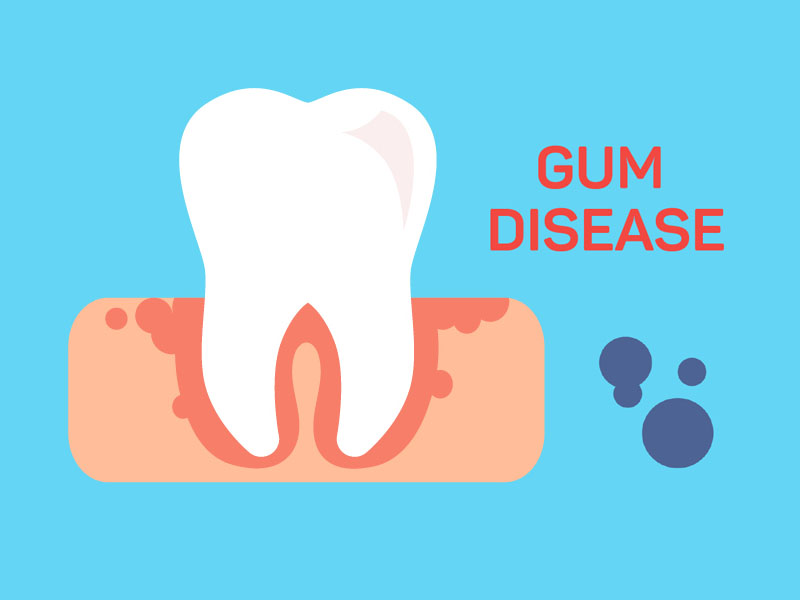Ovarian Cyst Symptoms And Causes
When we speak of ovaries, we usually refer to the female gonad or sexual being. The ovaries are an integral part of the female reproductive system where every month the eggs are formed and released which are either fertilized to form babies that we shelter for nine months, or disintegrates in the form of menstruation. The ovaries are the sole producer and storage of these eggs which are then released through the ovary head which is connected to a tube called the fallopian tube that ends in your uterus.

A fluid filled sac often is developed inside the ovaries of the woman which is lined by a thin layer or wall. This sac filled fluid is then described as an ovarian cyst. In fact the doctors say any ovarian follicle growing bigger than 2 cm in size can be termed as a cyst. However these cysts are extremely common. Research and surveys showed that these cysts are more prevalent in women going through their reproductive years. But they are benign in nature as in completely harmless and can be easily cured.
There are usually different types of ovarian cysts. The corpus luteum cyst deals with the release of an egg. Often when an egg is released it passes through the fallopian tubes and gets fertilized to form a blastocyst. If not, it disintegrates. The follicle the egg has been released from is then called corpus luteum. Even though the natural process requires it to break down and disappear, at times it might get filled with fluid and blood and persist.
Cystadenoma is a tumor that occurs in the ovarian lining which can be as big as 12 inches. Often when internal bleeding occurs from the cyst, the condition is termed as hemorrhagic cyst. Thus goes on the different types and effects of ovarian cyst.
Usually ovarian cyst affects a long array of women of different ages usually also called functional or simple cyst. In an ultrasound during diagnosis, these cyst resemble small bubbles in the ovary and usually are of the functional type, that is, they occur without any prior disease or infection encouraging it. These are highly treatable and not exactly cancerous in nature unless they are seen during an ovarian cancer period.











